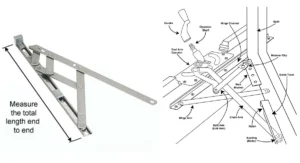Whether you’re designing a sleek residential space or outfitting a large commercial project, energy efficiency is no longer a luxury—it’s a necessity. Windows play a central role in that equation. In this guide, we’ll break down why Flügelfenster are often regarded as the top choice for maximizing thermal performance and reducing long-term costs.
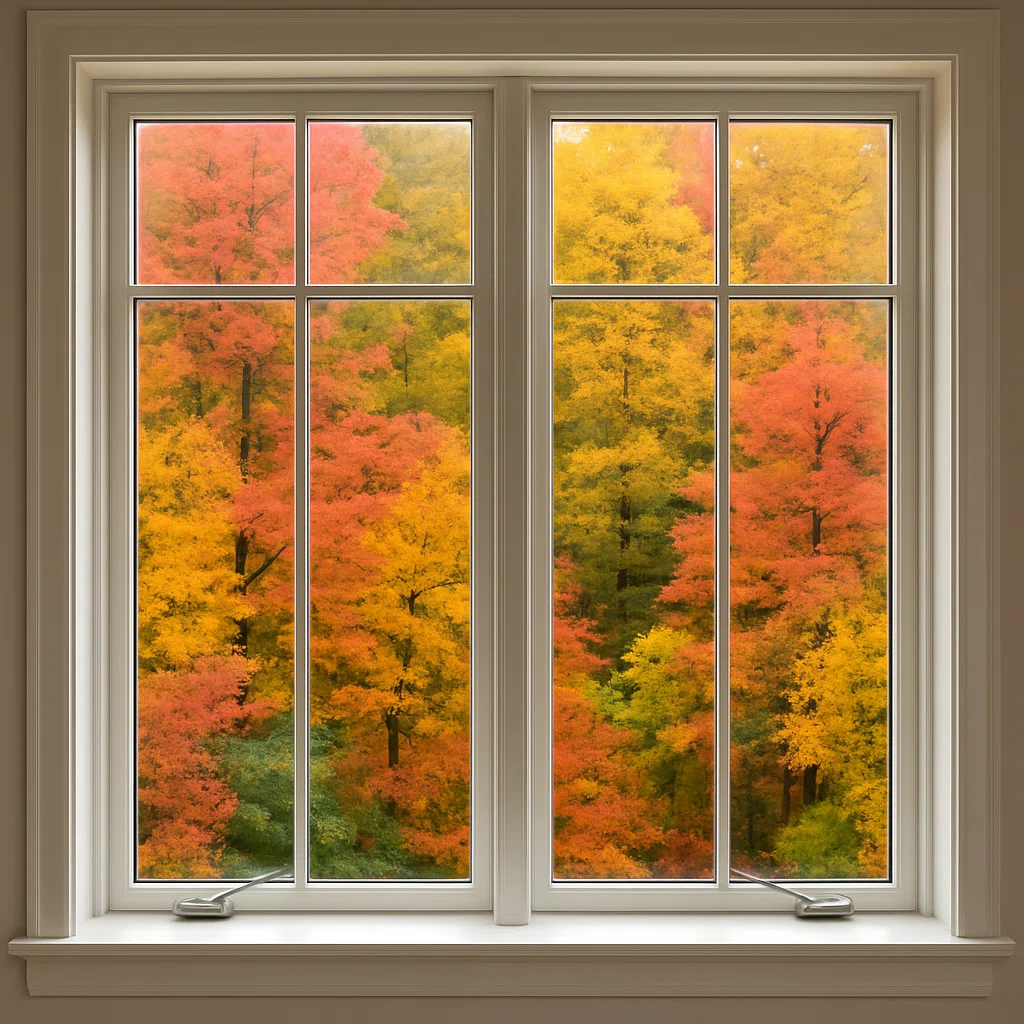
How Casement Windows Work
Flügelfensters are side-hinged and open outward via a crank handle. This design allows the sash to press directly and firmly against the frame when closed, producing one of the tightest seals of any operable window type. Unlike sliding windows, there’s no track gap—just clean compression, reducing air infiltration to virtually zero.
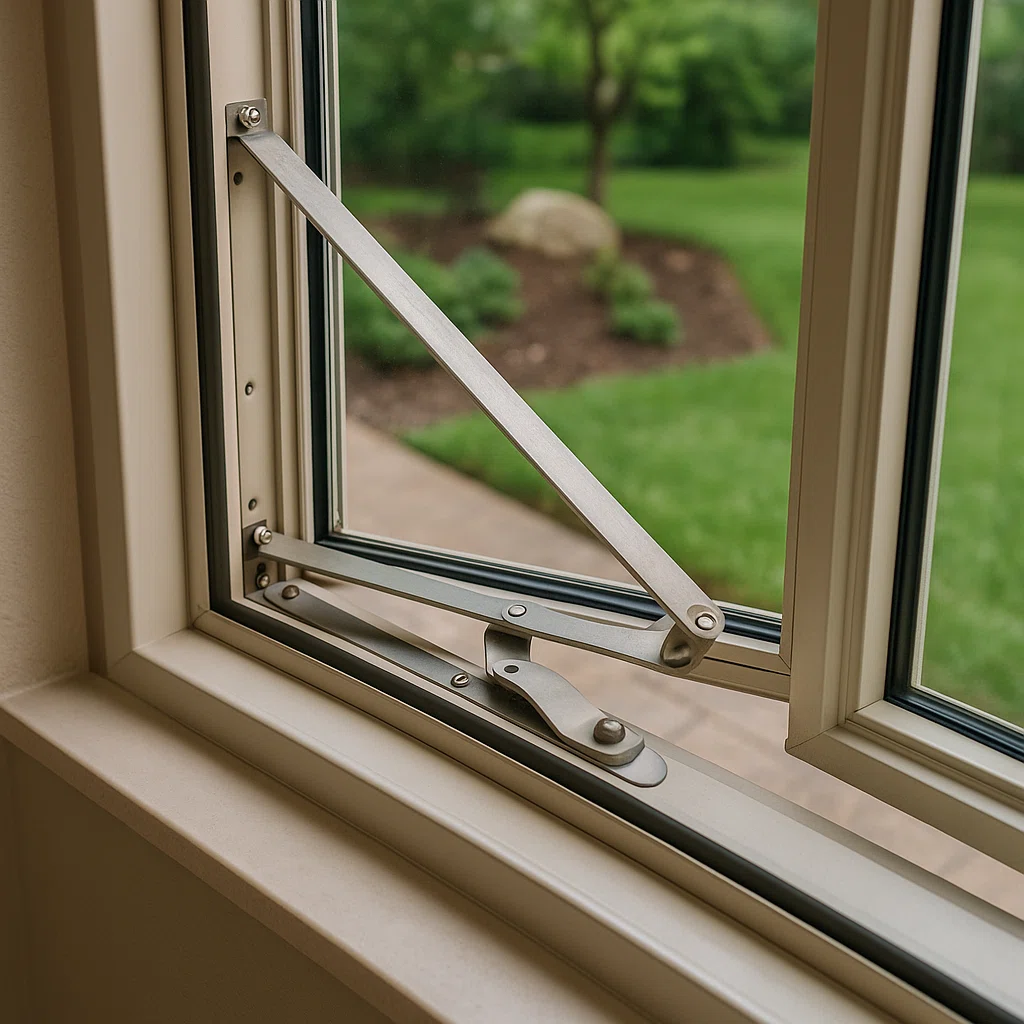
Why Sealing Makes a Difference
Energy escapes primarily through gaps. A Flügelfenster reduces these gaps thanks to its closing mechanism. The tight perimeter seal blocks heat loss in winter and prevents warm air from entering during summer—resulting in less HVAC use and lower utility bills.
Glazing and Technology: Beyond the Frame
The efficiency of modern windows depends heavily on glazing technology. Double or triple glazing, Low-E coatings, and gas infills like argon or krypton all help improve thermal resistance.
- Low-E glass: Reflects infrared heat back to its source while letting visible light pass through.
- Gas-filled chambers: Provide insulation between panes that slows down heat transfer.
- Warm edge spacers: Reduce condensation and further insulate the glass perimeter.
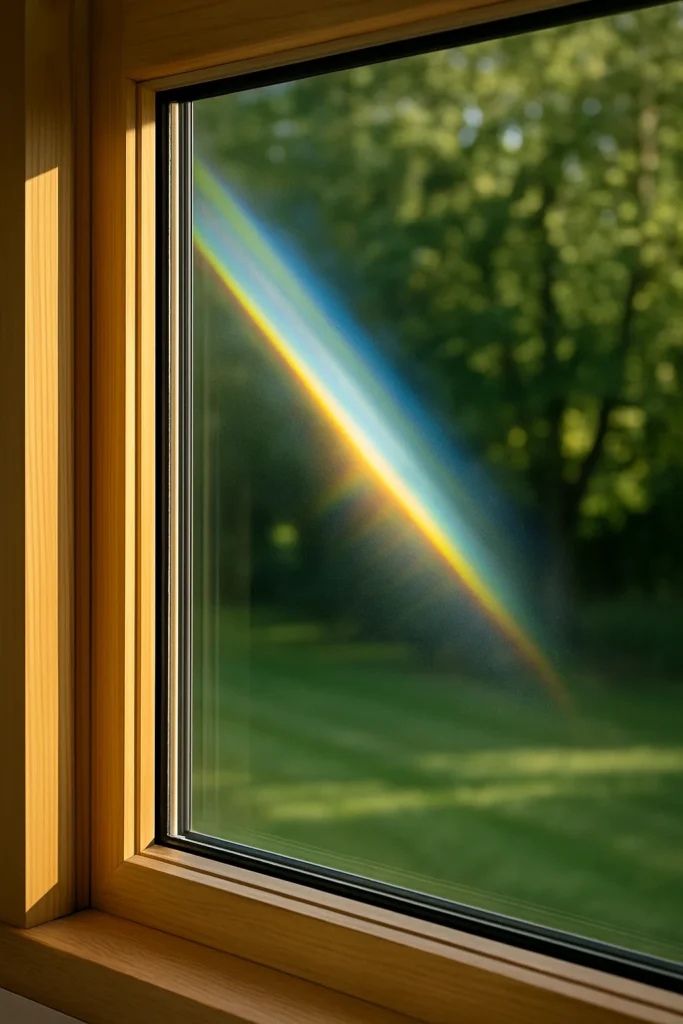
Choosing the Right Frame Material
- Timber: Excellent insulator. Long-lasting when maintained. Ideal for premium or eco-conscious projects.
- Aluminium (with thermal break): Sleek, strong, and durable—great for modern architecture.
- uPVC: Affordable and low-maintenance, but may warp over time in harsh climates.
Where Casement Windows Work Best
Due to their seal and ease of use, Flügelfenster are ideal for:
- Kitchens: Positioned over countertops or sinks where crank operation is preferred.
- Bathrooms: For privacy and ventilation, especially in humid environments.
- Luxury Villas & Energy-Efficient Homes: Enhance thermal performance and clean aesthetics.
- Commercial Buildings: Especially for offices and hotels focused on LEED or passive energy certifications.
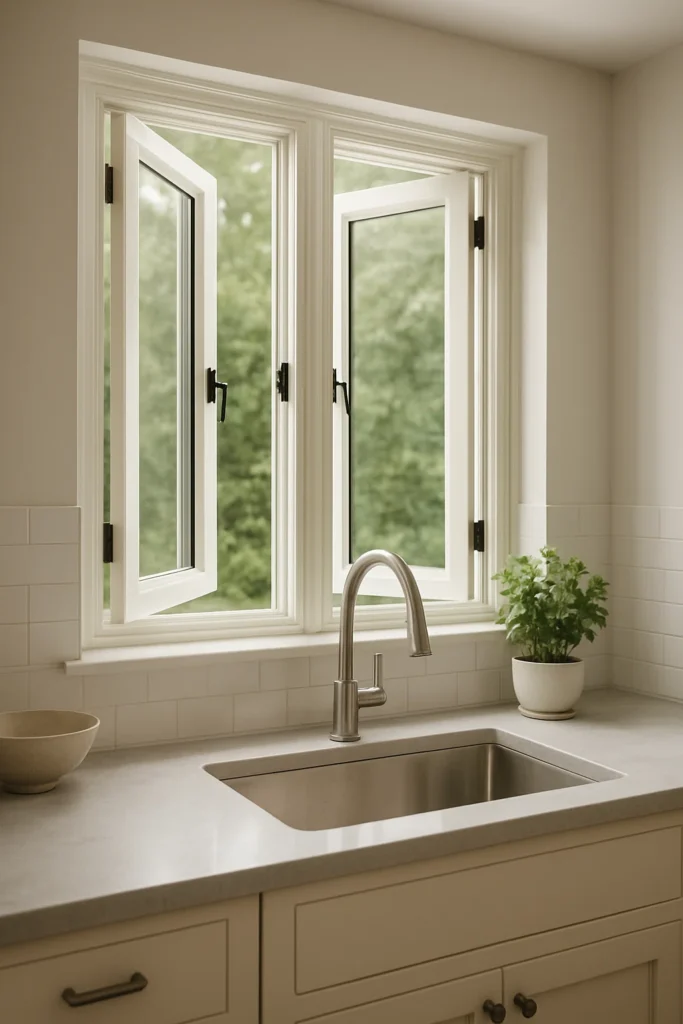
Case Study: How One Builder Cut Energy Costs by 22%
“We were struggling to meet our building code energy compliance for a boutique residential project in Seattle,” says Michael Lee, a general contractor. “After switching to timber Flügelfenster from Super Window House, not only did we meet the energy audit—our client’s annual HVAC usage dropped by 22%.”
Michael’s firm had initially spec’d in double-hung windows. But after consultation and thermal modeling, the switch to Flügelfenster paid off in performance and long-term savings. “It’s now part of our standard spec for modern homes,” he adds.
Cost vs. Long-Term Return
Yes, a Flügelfenster system may require more upfront investment compared to sliding or double-hung alternatives. But with enhanced insulation and longevity, the total cost of ownership is often lower. This matters even more for large-scale developments where small savings per unit multiply rapidly.
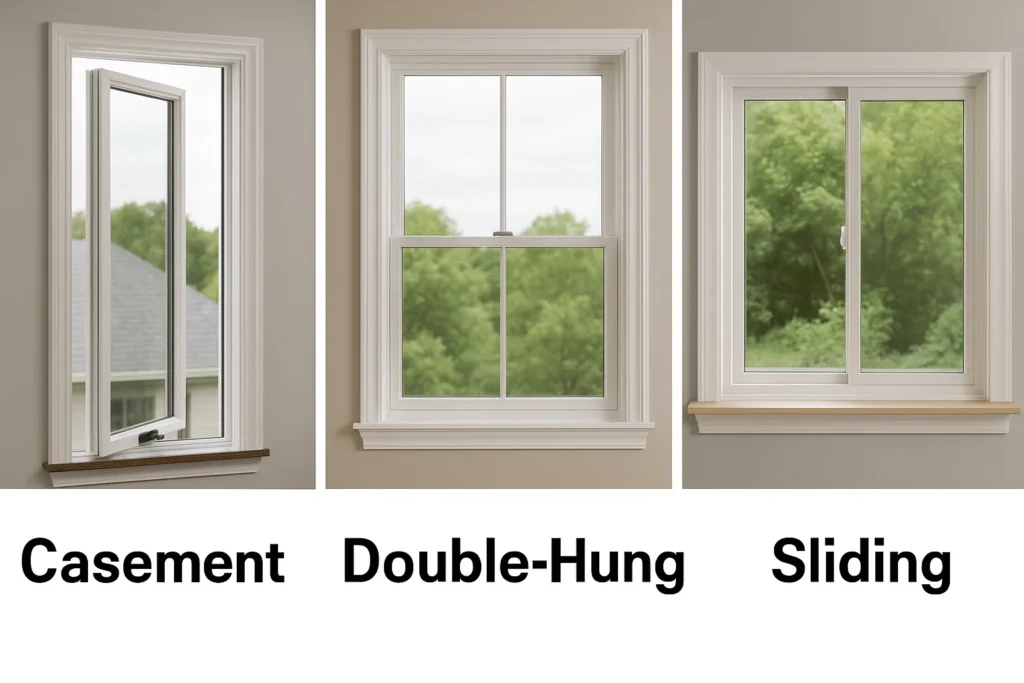
Quick Tips to Maximize Efficiency
- Ensure the crank is fully closed to activate the compression seal.
- Use thermal blinds or layered drapes to add insulation.
- Always opt for certified Low-E, gas-filled glazing if budget allows.
- Have your windows installed by a certified contractor to avoid sealing gaps.
Let’s Make Your Project More Efficient
Super Window House supports contractors, developers, and architects with made-to-measure Flügelfenster solutions. Whether you’re retrofitting an old structure or building from scratch, our team helps you meet energy standards without compromising design.
Q&A: Casement Window Energy Efficiency
Are casement windows better than double-hung windows for insulation?
Yes. Due to their compression-seal mechanism, Flügelfenster dramatically reduce air infiltration compared to double-hung windows, which slide and require looser track fitting.
Which material is best for energy efficiency?
Timber is the top-performing insulator, followed by thermally-broken aluminum. Both outperform standard uPVC in longevity and performance.
Can I order custom sizes for commercial projects?
Absolutely. Super Window House specializes in tailor-made solutions for developers, retailers, and contractors across North America, Europe, and beyond.
Für more frequently asked questions über Flügelfenster efficiency and specifications, visit our FAQ page.



